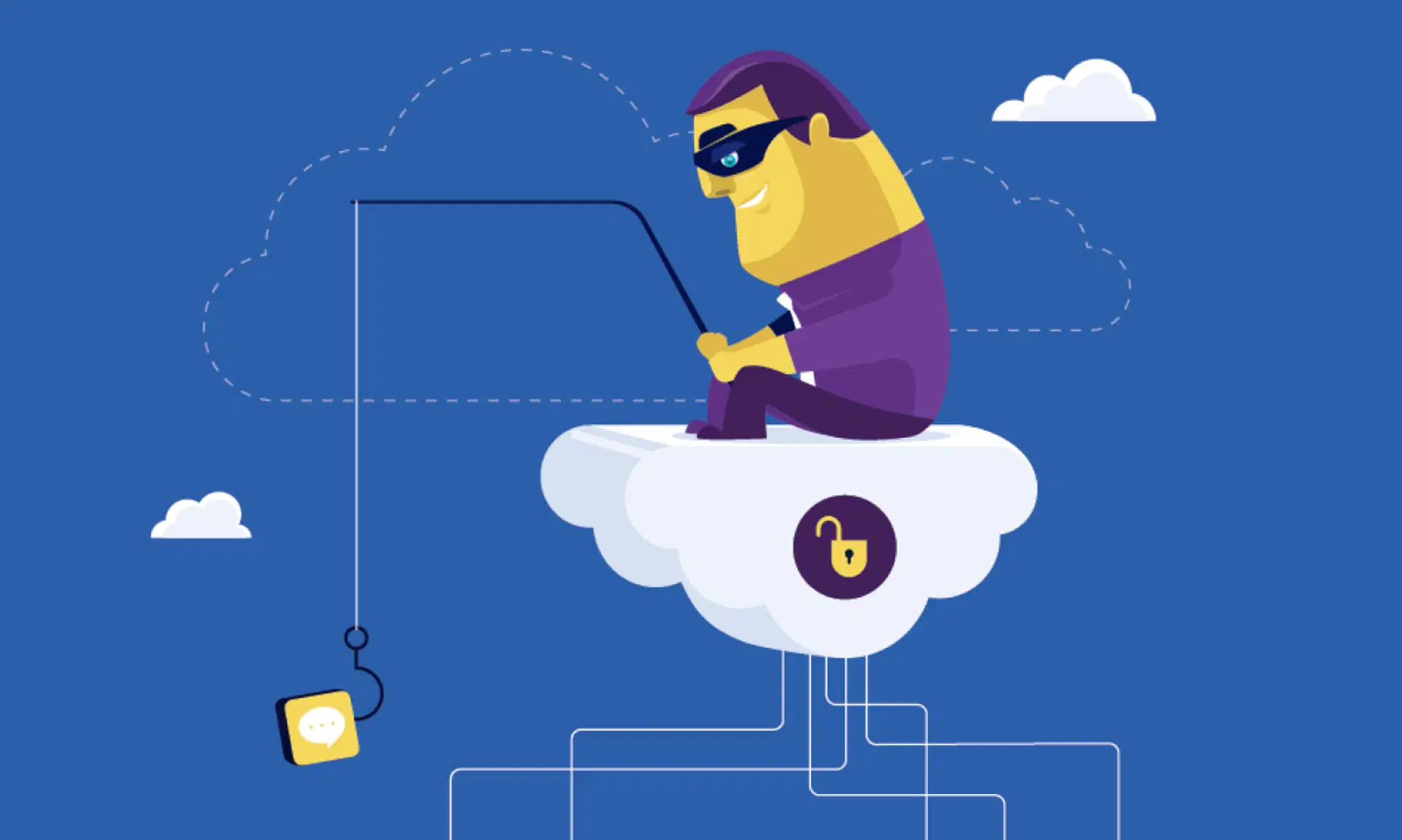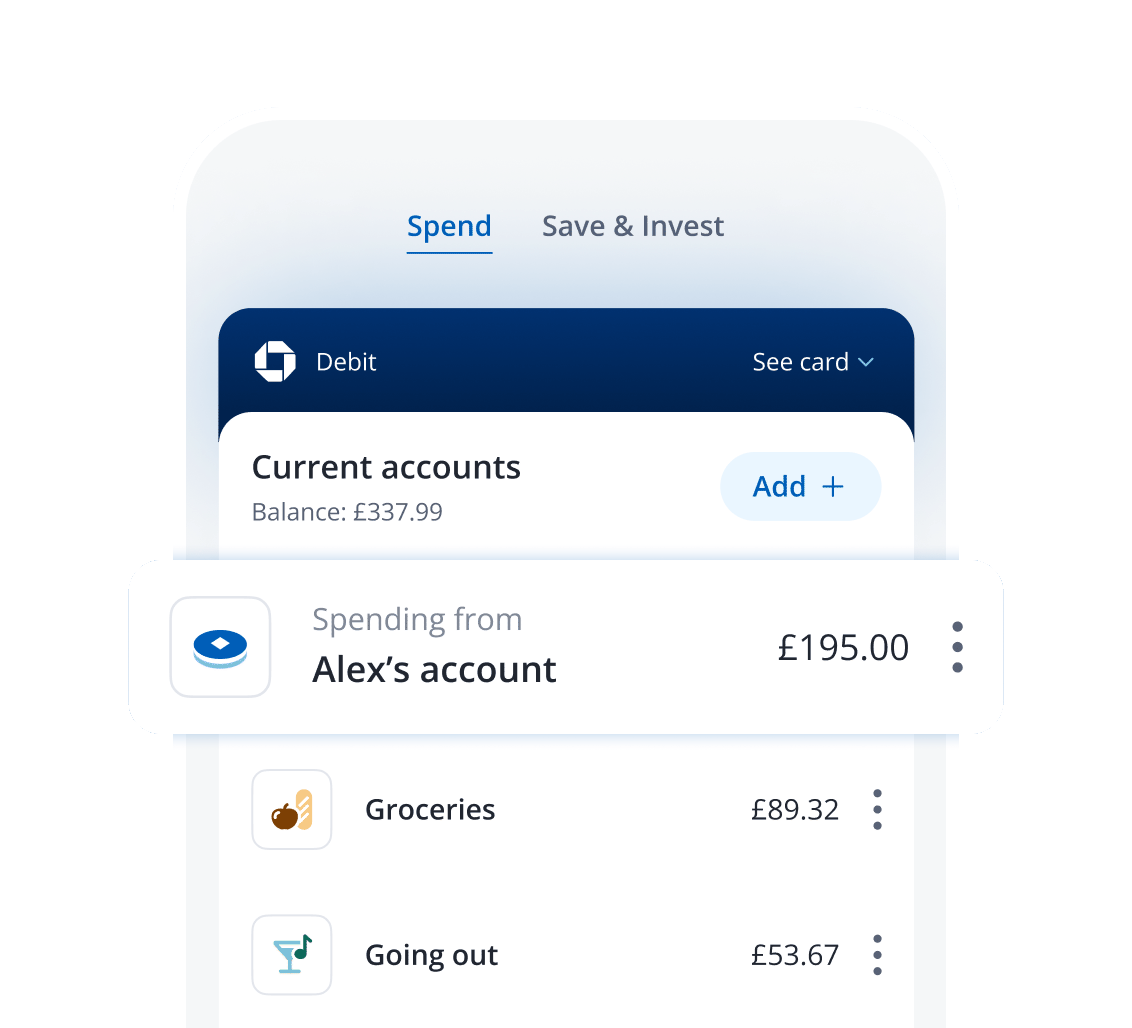security
APP scams
5 min | 27 August 2024

Push payment scams are rising and catching out even the most cautious consumers. How do these tricky scams work, what should you look out for and what can you do if you’re affected?
A bank transfer scam, or authorised push payment (APP) fraud, is when you’re tricked into making an online payment to an account that belongs to a fraudster.
In 2021, more than £500m was estimated to have been stolen because of APP fraud. These scams are harder for banks to spot as they come from genuine customers making payments for what they believe are genuine products or services.
Examples of push payment scams
Three of the most common types are purchase scams, investment scams and impersonation scams:
Purchase scams
These happen when you’re tricked into buying goods that do not exist, after visiting a site, or by a seller, that you are led to believe is genuine.
Investment scams
Fraudsters promise high returns, before encouraging victims to invest further – to the level in some cases where a victim will take out a loan to meet the demand.
Impersonation scams
This is when a reputable organisation (like a bank or government department) is impersonated by a scammer and convinces you to send money to an account under the fraudster's control.
Even the most vigilant among us could be tricked into making a payment to a fraudster. For example, these are some of the scams to be aware of:
- Safe account scam: Receiving emails from your bank that might seem genuine but are instructing you to ‘protect yourself’ by transferring money into a ‘safe account’ which in fact is controlled by a scammer
- Impersonation scam: Scammers impersonating organisations – such as the NHS, HMRC, a bank or government department – through emails, texts or phone calls, looking to prey on people’s trust
- Romance scam: When you meet someone online and over weeks or months they build a relationship with you, eventually persuading you to give them money
- Reward scam: SMS messages from your mobile phone provider claiming you’ve earned a ‘points reward’ that you need to claim within a few days – when in fact no such scheme exists
What to look out for and how you could stay safe
The banking and public sectors are continually working to improve security on their online and digital platforms, but there are important steps you can take to help stay safe:
- Be suspicious of any email, phone call or text message that appears to be pressuring you to act urgently. Remember, banks will never ask you out of the blue to do things like transfer money into another account, delete your banking app or hand over your account and sort code details
- Chase will only send you a notification within the app to verify it’s actually us
- Never share your bank account details or passwords. Update your passwords regularly, making them as complex as you can
- If an email, offer or text sounds too good to be true, it usually is. Don’t click on any links within messages, and don’t reply. Hang up if it’s a phone call
- Search for the provider and the scam you suspect has been sent to you. The provider could be aware and have important details on their official site, warning their customers
- Closely examine the sender’s email address or a website URL. Are there spelling or grammar mistakes? Is the domain name unusual or have random characters?
- Check that websites are secure and encrypted when you’re about to make a payment – it should start with https:// and feature the padlock icon on the left of the web address
- If you’re shopping online, check multiple independent reviews of the business or product that feature genuine customers (for example, on TrustedReviews or Trustpilot)
- Check your bank statements regularly for any unusual transactions
- Anyone pressuring you to make a payment is a red flag so be suspicious
- Be careful if downloading screen sharing platforms, especially if someone is guiding you to make a payment for investment purposes
What to do if you’re a victim of a bank transfer scam
You are legally protected against losses caused by unauthorised payment card fraud, but for an APP scam the most important thing is to contact your bank straight away:
- Contact your bank immediately and give them the details of where your money was sent, and from which account
- File a report using the online tool on the Action Fraud website This ensures that the police and authorities are made aware of the incident
- If your bank or provider has signed up to the code of practice for APP scams, you can expect to get your money back if you weren’t to blame for the success of the scam
Sharing your experience with friends and family can also help raise awareness of this type of fraud and just how widespread – and convincing – it can be for even the most cautious among us. By staying alert when we’re online, we should hopefully be better able to protect ourselves in the future.
If you think you might be the victim of a scam or fraud involving any of your Chase accounts, please contact us right away.
Recommended reading






